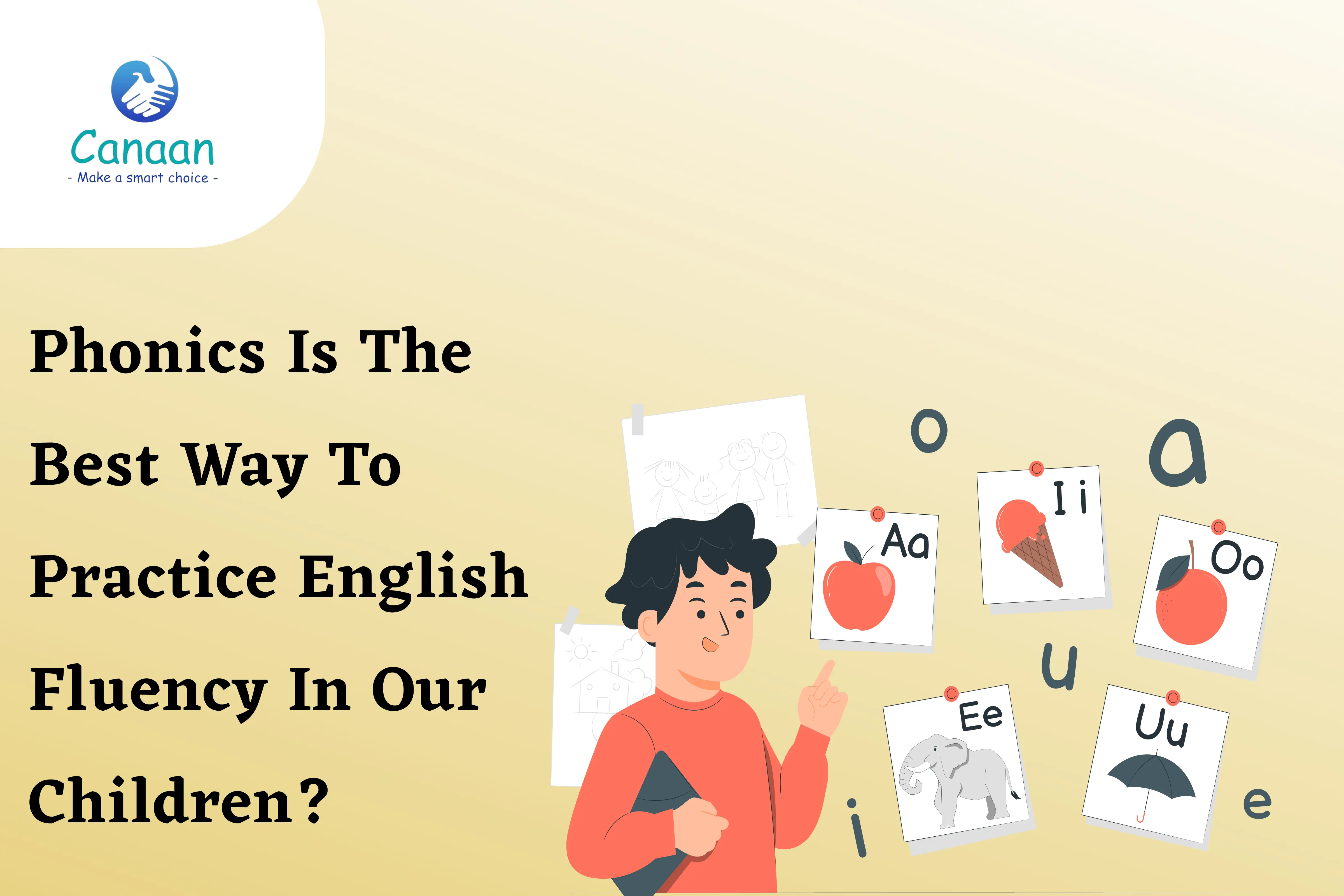Phonics is the best way to practice English Fluency in our children?
Yes, phonics is considered one of the best and most effective ways to develop English fluency in
children. Here's why:
-
Builds foundational reading skills: Phonics teaches children the connection between
letters and their corresponding sounds. This allows them to decode and read words, which is the
basis for developing fluency.
-
Improves decoding ability: Phonics-based instruction helps children learn to sound
out and recognize words, rather than just memorizing them. This decoding skill is crucial for
reading fluency
-
Enhances comprehension: When children can efficiently decode words using phonics,
they can focus more on understanding the meaning of the text, which boosts reading
comprehension.
-
Supports accurate pronunciation: Mastering the relationships between letters and
sounds through phonics helps children pronounce words correctly, which is key for fluent
speaking.
-
Provides a structured approach: Phonics follows a systematic sequence, ensuring
children learn essential skills in a logical order, rather than in a haphazard way
-
Builds confidence: As children become more proficient in phonics, they gain
confidence in their ability to read and speak English fluently.
-
Applicable to spelling and writing: The phonics knowledge children gain also
transfers to improved spelling and writing skills.
While phonics is not the only component of developing English fluency, it is considered a crucial
foundation. When combined with other language-rich activities, a strong phonics-based approach can
truly accelerate a child's progress in becoming a fluent English speaker and reader.


